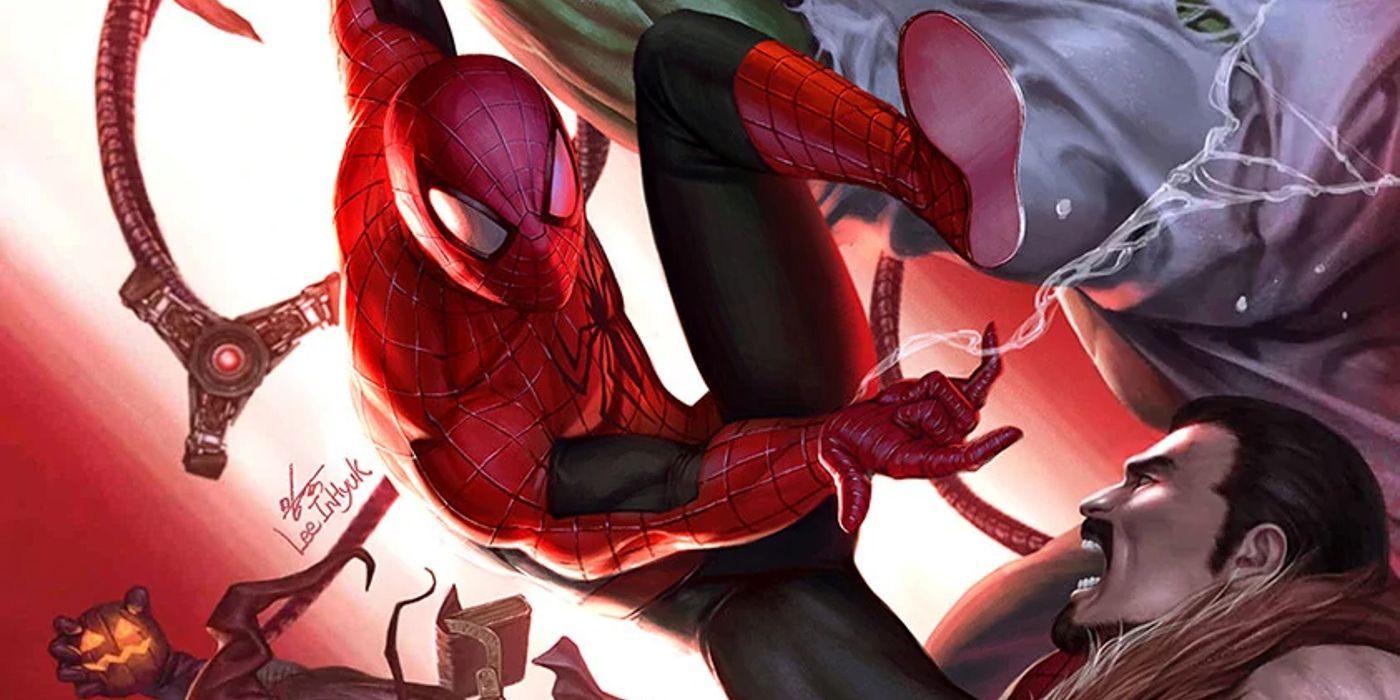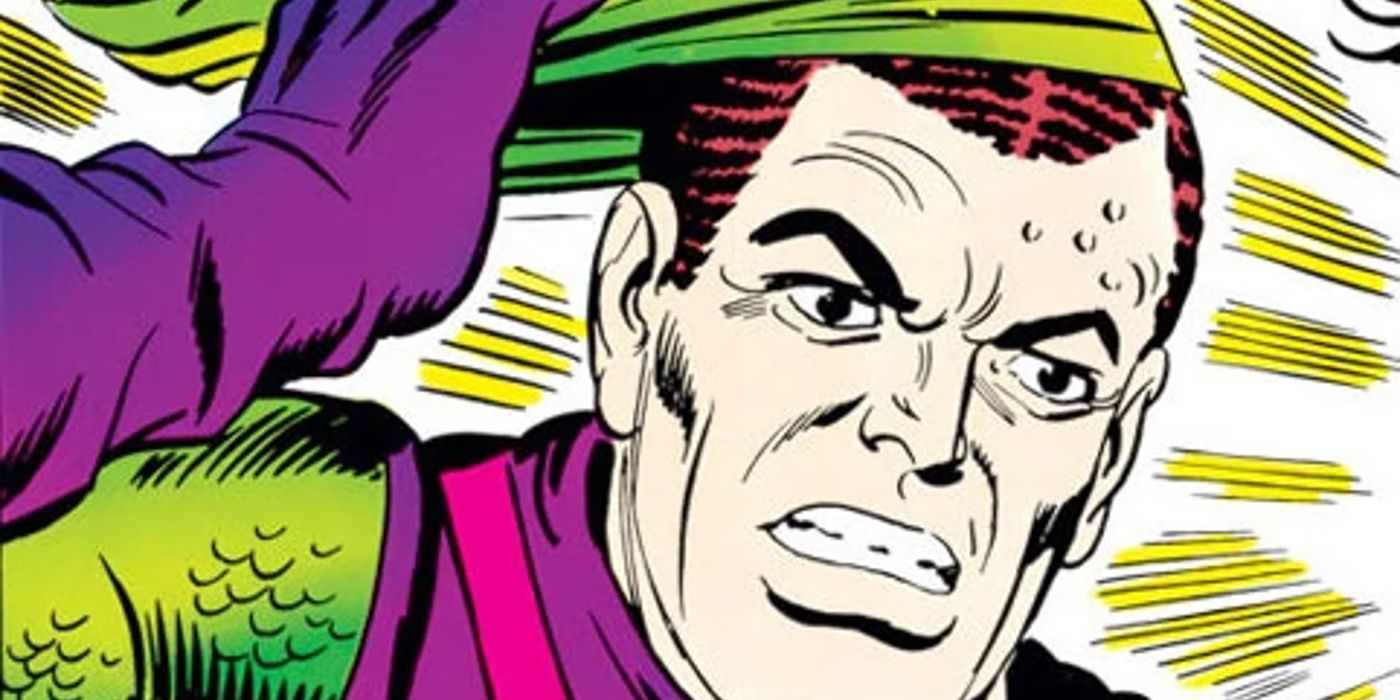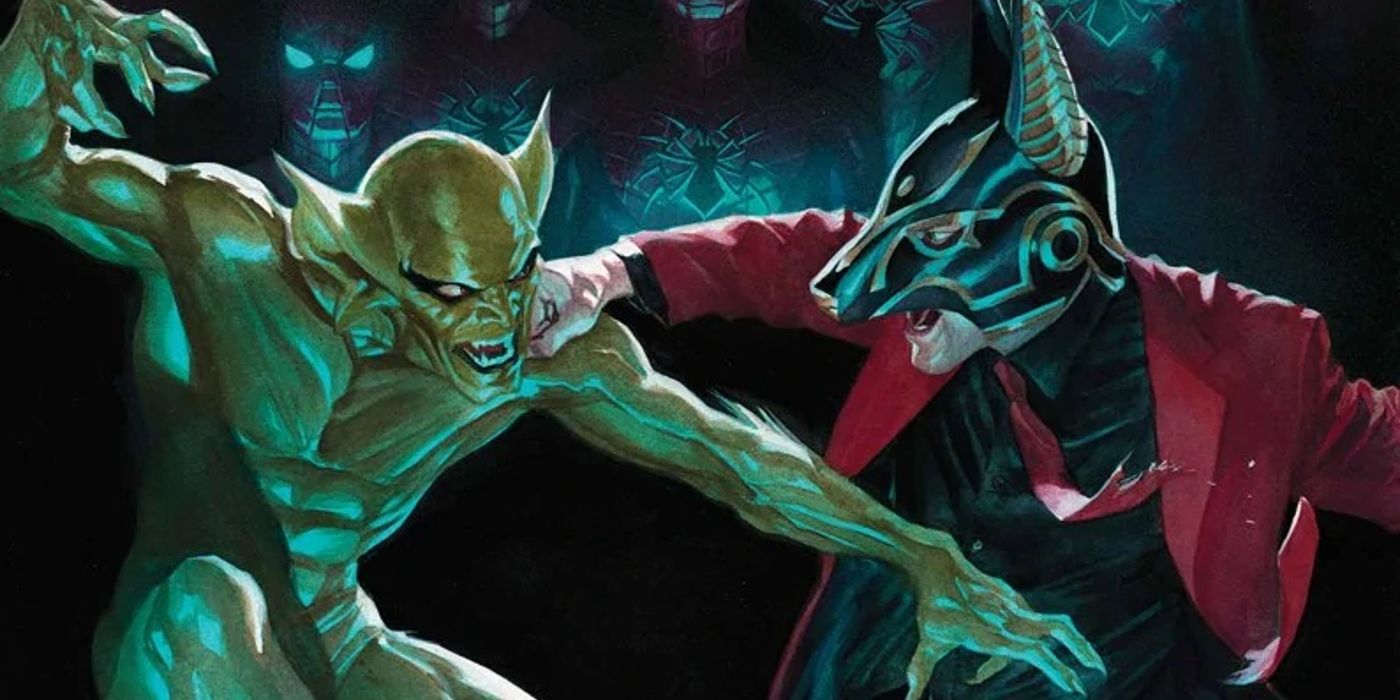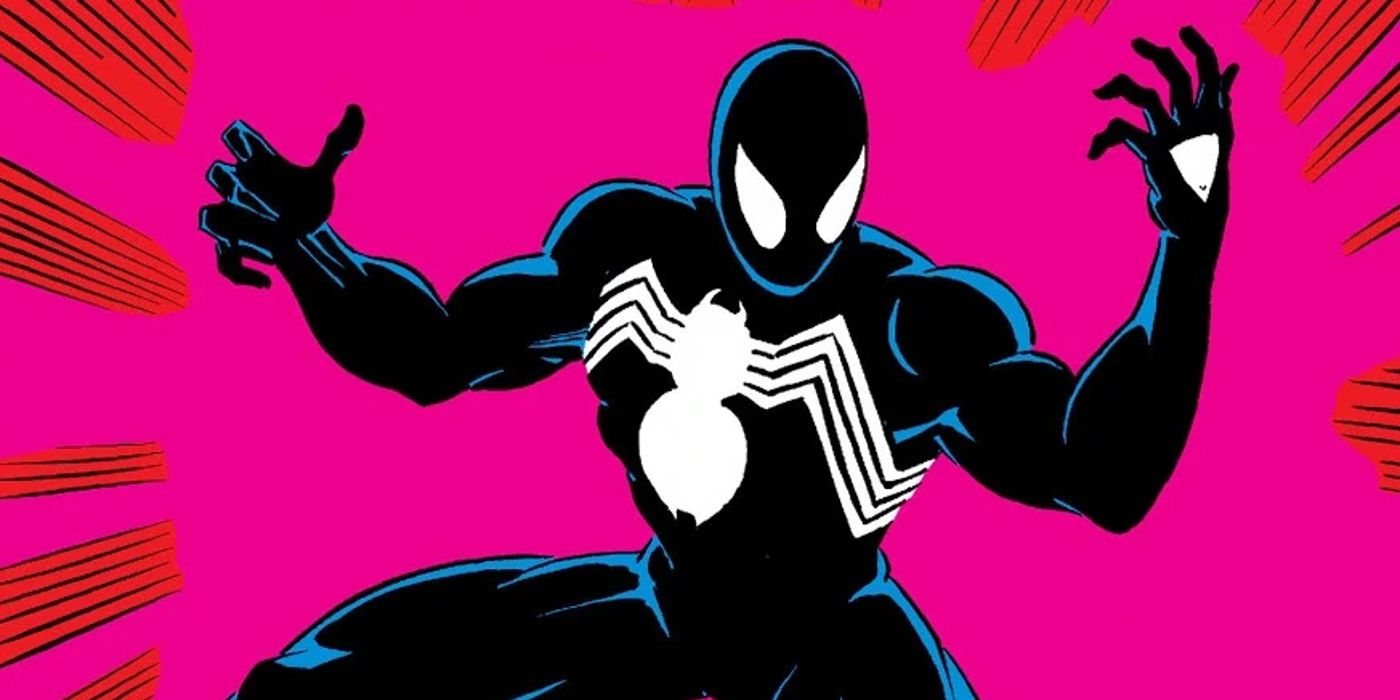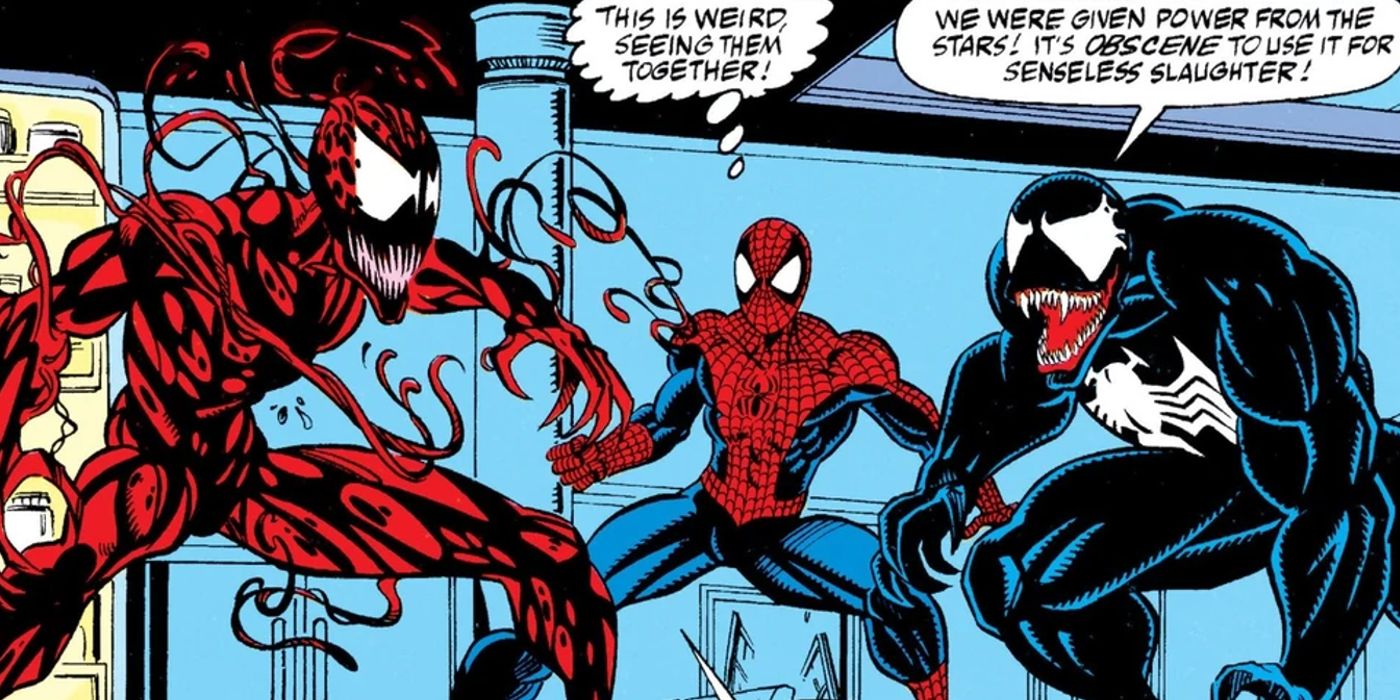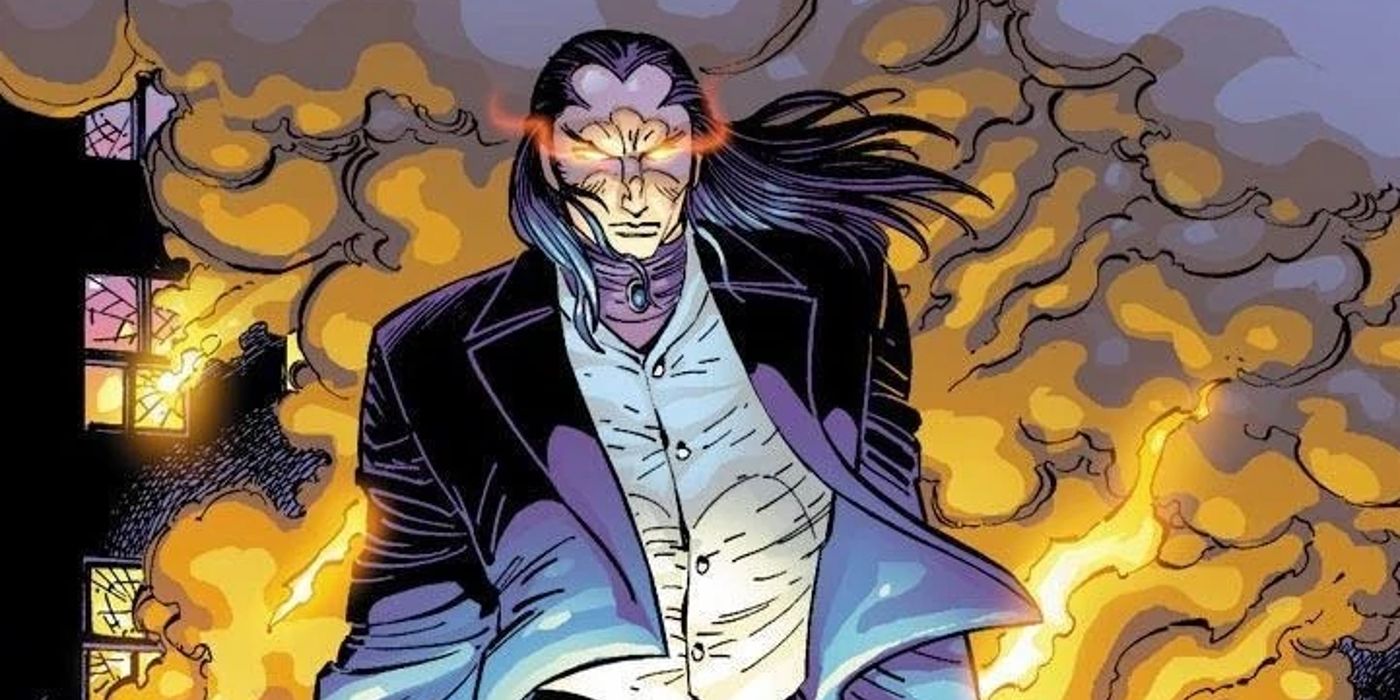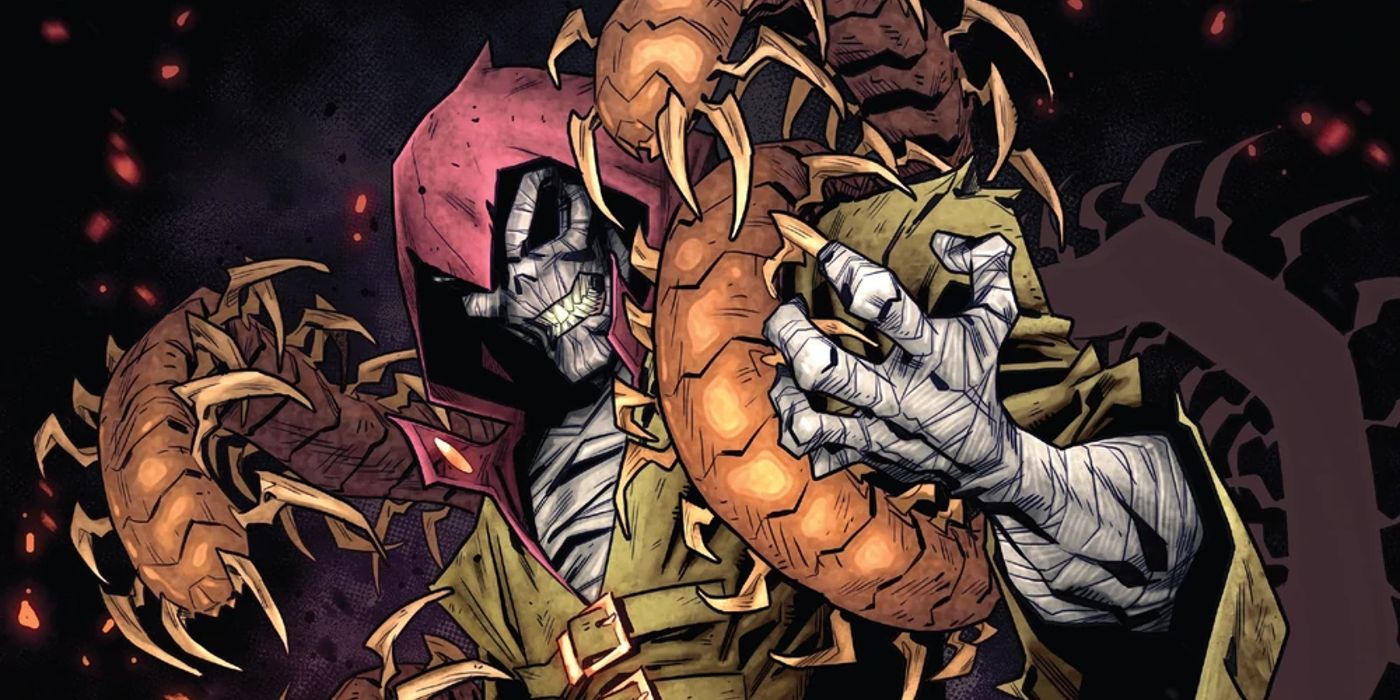Across sixty years and seven decades, Spider-Man has amassed one of the most colorful and iconic rogues galleries of any costumed superhero. Not only have the hero's worst enemies been born from cosmic gods and super-science gone awry, but from the darkest corners of Peter Parker's personal life as well, not to mention the literal bowels of Hell.
While plenty of the Wall-Crawler's enemies have made a place for themselves among the upper echelons of pop culture, not all of them have made a truly meaningful impact on Spider-Man's life. Of course, every era has its own stand-out villains, and we've compiled the best of the worst from every decade in Spider-Man history.
60s - Green Goblin
Only shortly after Spider-Man himself first burst onto the scene, the Green Goblin made his own debut in the pages of 1964's Amazing Spider-Man #14 by Stan Lee and Steve Ditko. Surprising to some, his initial outings were more camp than cause for concern. It didn't take long for both the Green Goblin and his human alter-ego Norman Osborn to become key figures in Spider-Man's mythos, however.
From mentor to costumed criminal to the greatest threat the United States had ever known, Osborn has long been firmly established as Spider-Man's worst nemesis for plenty of good reasons. Even worse, Norman himself was only just the beginning of what would quite possibly be the longest-running tragedy in Peter Parker's life. One that has only recently stopped haunting him almost sixty years after it all began.
70s - Jackal
Like much of the 60s before them, the 70s were largely a cartoonish and campy era for Spider-Man. Although it did produce several key figures and storylines, the decade didn't bring much in terms of serious threats. At least, not until the Jackal arrived in the pages of 1973's Amazing Spider-Man #29 by Gerry Conway and Ross Andru. Miles Warren, the man who would take on the Jackal persona, had been a part of Peter's life for nearly a decade already.
As the Jackal, Warren's research and experiments with cloning led to the creation of Ben Reilly, Kane, and dozens of convoluted, clone-related plots. Jackal's work has also caused some of Spider-Man's most astounding adventures to take place, even if inadvertently, from the original "Clone Saga" all the way up to the events of the far more recent "Spider-Man: Beyond."
80s - Venom
The 80s gave way to a whole new kind of web-slinger with the release of 1984's Amazing Spider-Man #252 and the first appearance of the titular hero's brand new black suit. As diehard and casual fans alike are well aware, this alien costume would later be revealed as none other than the now iconic Venom symbiote. With that, the events of the previous twenty years became almost forgettable, at least for as long as Venom's story continued to unfold.
The introduction of Eddie Brock would later give rise to new breeds of anti-heroes and villains for Spider-Man to battle, before siring the next generation of symbiotes to terrorize (or save) the world. In fact, their story is one that has expanded to not just include everything there is, it even altered the history of the entire Marvel Universe in ways that can't be summed up easily.
90s - Carnage
Luckily, the symbiote trend continued well on into the 90s, exploding in gruesome fashion with the first appearance of Carnage back in 1991's Amazing Spider-Man #345 by David Michelinie and Mark Bagley. The first offspring of Venom, Carnage quickly found its perfect host in the sadistic serial killer Cletus Kasady, and the rest is particularly gruesome history. While Carnage has always been a Venom villain first and foremost, there is no denying that its roots are firmly planted in Spider-Man's story.
Apart from making Peter's life a waking nightmare and wreaking brutal havoc across the country, Carnage has spent the last few decades ascending to gut-wrenching new heights that no one could have possibly anticipated upon his introduction. Carnage's various campaigns of violence have opened the door for symbiote dragons and Kings in Black to make the Marvel Universe their home, leaving no question as to the severity of the impact the scarlet symbiote has made on the world around him, let alone Peter Parker.
2000s - Morlun
2001's Amazing Spider-Man #30 brought a lot of new concepts into the hero's world, and along with them one of the most menacing villains he has known in the form of Morlun. This ancient Inheritor belonged to a clan of interdimensional vampires who feed on the life force of totemic beings. He made himself known to Spider-Man while trying to make the hero into his next meal.
Thankfully, Spider-Man was able to defeat Morlun with the help of some new allies and powers, though not without some suffering along the way. Years later, alongside the rest of the Inheritors, Morlun threatened all Spider-Totems across all realities. This led to the formation of the Spider-Army which banded together to stop them both in 2015's "Spider-Verse" and 2018's "Spider-Geddon" events, effectively changing what Spider-Man means to the Marvel Universe by making his place in it even greater than ever before.
2010s - Kindred(s) & Mephisto
Born from the culmination of the worst efforts of Harry Osborn and no small amount of a literal deal with the devil, Kindred was easily the most menacing Spider-Man villain of the last decade. In a convoluted plot, Harry Osborn created twin clones from Gwen Stacy and his own father's DNA in a bid to torture his former friends. After these clones tragically perished just as quickly as they had come into being, the two were forged in the fires of Hell by Mephisto himself before being unleashed to torment Spider-Man once again.
Their presence didn't just complicate Peter's parallel lives, however. They also brought all of Spider-Man's worst enemies together over the course of a winding, near unfathomable effort to shatter the hero's body, mind, and spirit. No matter how many expectations Kindred subverted, it was clear from the start that there was something grander happening behind the scenes, and Mephisto's role in it all proved to be precisely that in highlighting just why crushing Spider-Man is so high on the devil's personal priority list.
2020s (so far) - Spider-Man
Though it is still early on in the 2020s, there is already a clear indication of what the greatest threat to Spider-Man will be going forward. Unfortunately, it looks like that threat will be taking the form of none other than Peter Parker yet again. Despite the myriad of villains he has faced throughout his long and storied superhero career, the one person Spider-Man can never keep out of his way is himself.
Peter's inner turmoil and interpersonal struggles have undergone major shifts over the last sixty years, but he has always managed to hold himself back in one way or another. Whether by sabotaging his romantic relationships or irrevocably damaging his professional reputation, Peter Parker is a pro at ruining his own life. In fact, as of the recently released Amazing Spider-Man #1 (by Zeb Wells, John Romita Jr., Scott Hanna, Marcio Menyz, and VC's Joe Caramagna), that is still very much the case, and for as much hope as there is that Peter will turn things around, the odds are just as likely that he will only make the situation worse.

